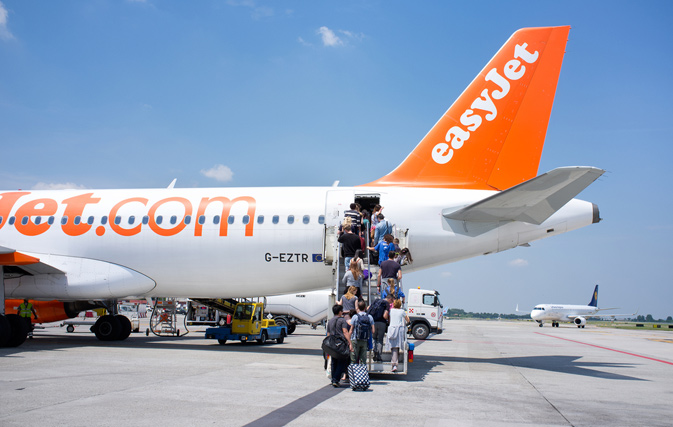MONTREAL — Commercial aviation began 100 years ago with a single airplane, a single passenger and a single route.
Until a few decades ago, it evolved into a highly-regulated business with dozens of state-owned carriers.
But in the last 20 years deregulation has brought the rise of the low-cost carrier (LCC) and IATA’s 58th edition of the World Air Transport Statistics (WATS) shows they are beginning to dominate.
Legacy carrier Delta Air Lines is still number one in total passengers with 120 million but the top two carriers for international passengers were both LCCs with Ryanair carrying more than 81 million and easyJet next with nearly 53 million.
And the top airline for domestic passengers was U.S. LCC Southwest Airlines with 115 million.
Last year, as recorded in the WATS, the industry carried more than 3 billion passengers and nearly 48 million tons of cargo on nearly 100,000 flights per day, while the real price of air travel fell by 7.4%. Aviation’s annual contribution exceeds even these impressive figures. Its global economic impact is estimated at $2.4 trillion and it supports 3.4% of global GDP. By value, over a third of goods traded internationally are delivered by air and some 58.1 million jobs are supported by aviation,” said Tony Tyler, IATA’s Director General and CEO.
Snapshot of 2013 industry performance:
System-wide, airlines carried 3.129 billion passengers on scheduled services, an increase of 5.1% over 2012.
Airlines in the Asia-Pacific region carried the largest number of passengers of any region. The regional ranking (based on total passengers carried on scheduled services by airlines registered in that region) is: Asia-Pacific (1.012 billion passengers, an increase of 9.3%); Europe (825.9 million passengers, up 3.4% over 2012); North America (818.9 million, up 0.7% over 2012); Latin America and the Caribbean (240.5 million, up 7.6%); Middle East (157.9 million, an increase of 8.8%); Africa (73.8 million, 5.6% up over 2012).
The United States is still the largest single air market in the world, in terms of total two-way traffic, international and domestic.
The top five airlines ranked by total scheduled passengers carried were: Delta Air Lines (120.6 million); Southwest Airlines (115.3 million); China Southern Airlines (91.5 million); United Airlines (90.2 million); American Airlines (86.8 million).
The top three city-pairs based on passengers carried on international routes were: Hong Kong-Chinese Taipei (4.9 million, down 11.5%); Dublin-London (3.6 million, up 6.9%); Jakarta-Singapore (3.4 million, up 8.6%).
The top three city-pairs based on passengers carried on domestic routes were: Jeju-Seoul (9.58 million, up 1.4% over 2012); Sapporo-Tokyo (9.17 million, up 4.7%); Fukuoka-Tokyo (8.34 million, up 9.3%).
Airlines added over 1,100 direct airport-pair services and 600,000 frequencies in 2013, for a new total of 50,000 direct airport-pair services and 31.5 million frequencies.
The price of air travel in real terms fell by 7.4% compared to 2012.
Fuel consumption represents about 2% of all fossil fuels burned worldwide for all purposes, or about 12% of the total amount of fossil fuels consumed by all transportation. The average price of jet fuel in 2013 decreased by 3.9% compared to 2012.
Total estimated cost of fuel was $210 billion or 31% of airline operating costs.
Between 2005 and 2013, fuel efficiency improved by 11%.
Star Alliance maintained its position as the largest airline alliance in 2013 with 26.6% of total scheduled traffic (in revenue passenger kilometres), followed by SkyTeam (20.1%) and oneworld (15.4%).

